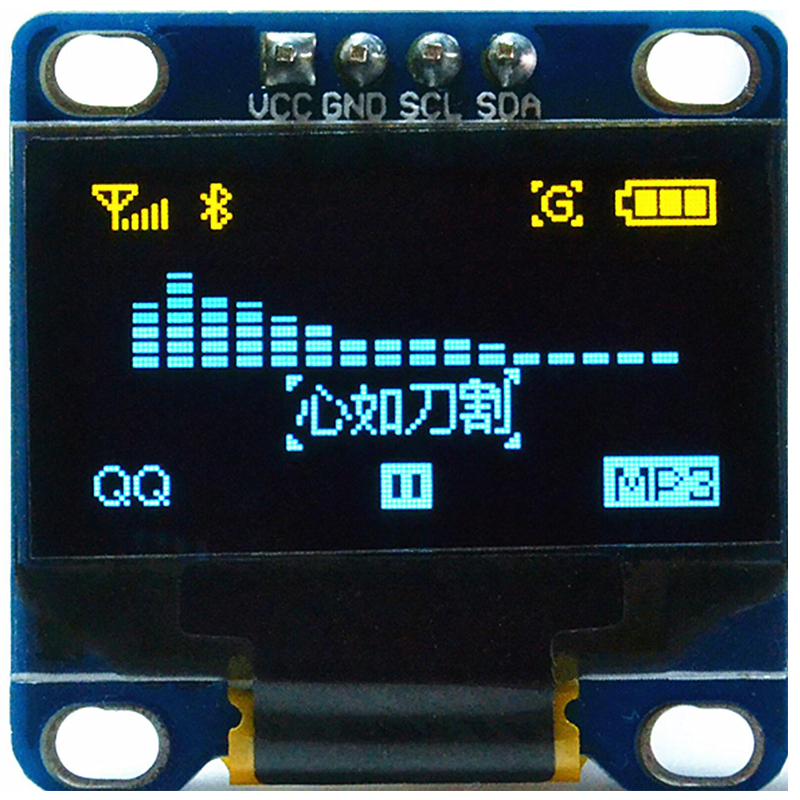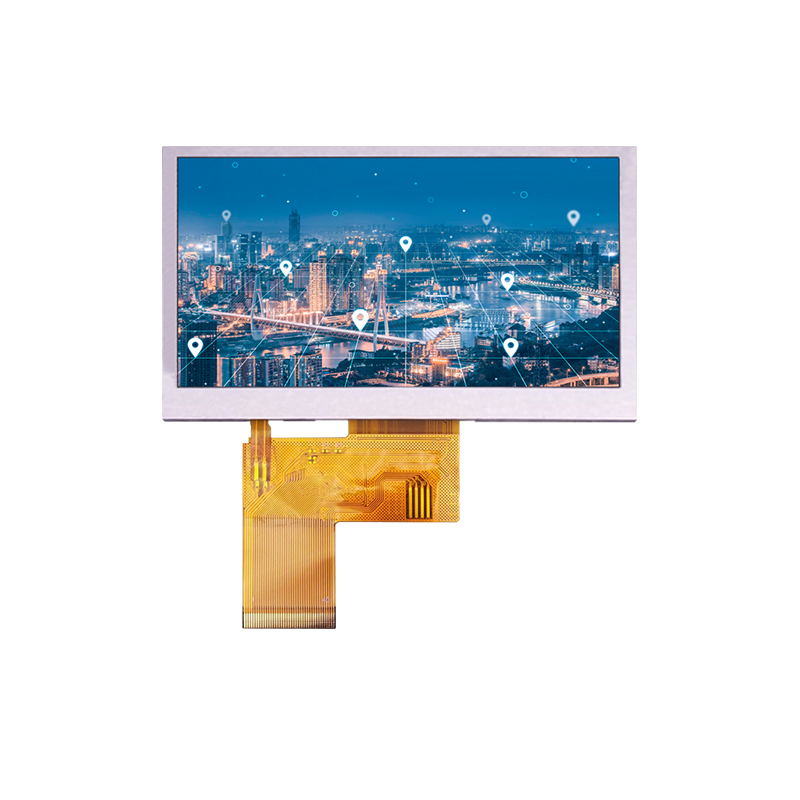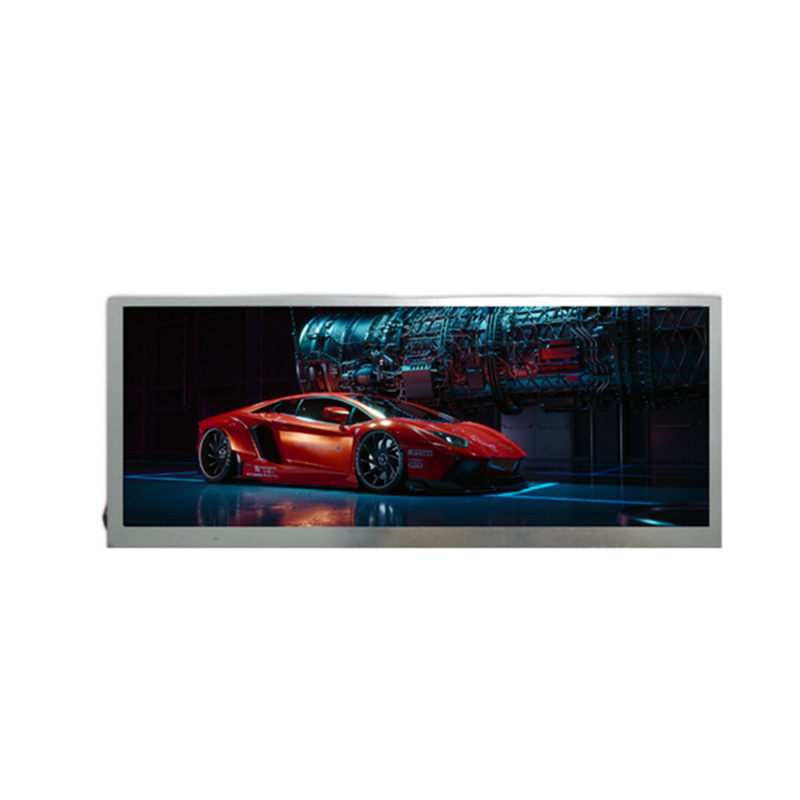
This comprehensive guide explains the 2-wire SPI interface, its functionality, advantages, and applications. We'll cover its technical aspects, compare it to other communication protocols, and provide practical examples to help you understand and implement this efficient communication method. Learn how to optimize your designs using this versatile interface.
The 2-wire SPI interface, also known as single-wire SPI or simplified SPI, is a variation of the standard Serial Peripheral Interface (SPI) bus. Unlike the standard SPI, which uses four wires (MOSI, MISO, SCK, and CS), the 2-wire SPI interface streamlines communication by reducing the number of wires to two: a data line (often combining MOSI and MISO) and a clock line (SCK). This simplification makes it ideal for applications where minimizing pin count is crucial, such as in embedded systems and space-constrained devices.
The 2-wire SPI interface achieves bidirectional communication using a single data line. Data is transmitted and received serially, one bit at a time. The clock line synchronizes the data transfer, controlling the timing of each bit. The direction of data transfer (transmitting or receiving) is determined by the device's configuration. This requires careful protocol design and often involves dedicated control signals to manage the data flow. Unlike standard SPI, where separate lines handle sending and receiving data, efficient data exchange in 2-wire SPI heavily relies on timing and protocol management.
Using a 2-wire SPI interface offers several key advantages:
However, it also has some drawbacks:
| Feature | Standard SPI | 2-Wire SPI |
|---|---|---|
| Number of Wires | 4 (MOSI, MISO, SCK, CS) | 2 (Data, Clock) |
| Data Transfer | Full-duplex | Half-duplex (bidirectional on one line) |
| Bandwidth | Higher | Lower |
| Complexity | Lower | Higher (protocol design) |
| Cost | Higher | Lower |
The 2-wire SPI interface finds applications in various fields where minimizing pin count is paramount:
The 2-wire SPI interface provides a viable solution for applications prioritizing pin count reduction. Understanding its operational principles, advantages, and limitations is crucial for its effective implementation. While the simplified design reduces hardware complexity, careful consideration of protocol design and potential noise sensitivity is essential for robust system operation. For more information on LCD displays and other related components, please visit Dalian Eastern Display Co., Ltd.
Note: This information is for educational purposes and should not be considered professional advice. Always refer to the official documentation of the specific devices and protocols you are using.












